Fehlererkennungsmethoden für Omron-Relais
Release-Zeit:2023-04-21 16:02:21
Fault detection Method One
1. You can first check whether the voltage of the Omron relay is high or low. Generally, the maximum voltage is between 180V and 240V.
Fault detection Method two
2. In addition, when the Omron relay fails, the first thing to check is the external connection of the relay, to see whether the connection of the relay contacts is wrong or broken, falling off or other abnormal phenomena.
Fault detection Method three
3. Next, you can check the power supply circuit of Omron relay and use the meter to test whether the voltage of positive and negative power supplies is the same. If the voltage value measured is the same, it can be inferred that the relay is normal. If the voltage is not a problem, then the power amplifier delay and protection circuit can be carried out.
Fault detection Method four
4. At this time, the Omron relay also needs to measure the power amplifier's final circuit. You can visually check whether there are components burned. Need to be further measured, power amplifier tube emission stage resistance to the ground has DC voltage (normal value is within 0.7V) if there is DC voltage that is generally the power amplifier at the end of the circuit problem, then the treatment method can only replace a power amplifier tube emission stage resistance.
Omron relay note instructions
1. When installing Omron relay, it must not be pushed in too hard, so as not to damage shafting and code plate. The OMRON relay should be gently pushed into the bushing shaft.
2. When using the Omron relay, it is necessary to check whether the plate spring is loose relative to the Omron relay and whether the screw of the relay is loose, so as to avoid some faults and other accidents in the process of operation.
3. Do not randomly connect the terminal between the Omron relay to the wrong, otherwise it is easy to cause the damage of the Omron relay in power-on operation.
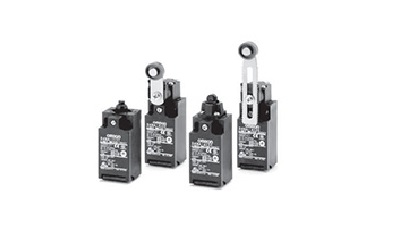
-
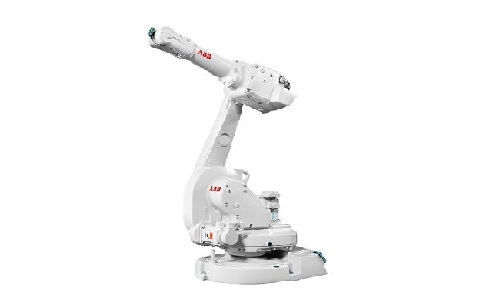 202301-17
202301-17Installations- und Inbetriebnahme von ABB-Roboterzubehör
Allgemeine Schritte für die Installation und Inbetriebnahme von ABB-Robotern:1. Heben Sie den Roboterkörper und den Schaltschrank an seinen Platz2. Kabelverbindung zwischen ABB-Roboterkörper und Sc···
-
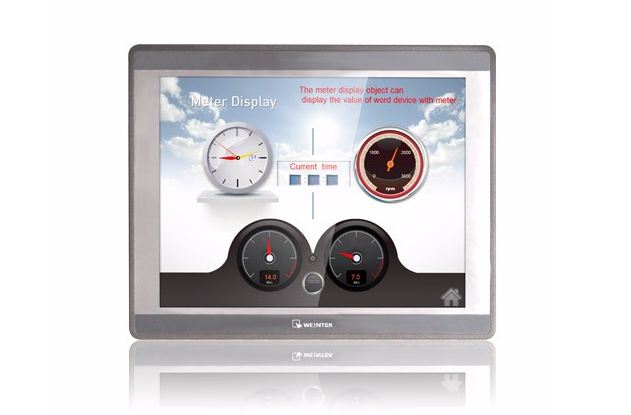 202302-15
202302-15Wie kalibriert man den Touchscreen?
Wenn das Passwort der Systemeinstellungen der Verantone Touchscreen-Hardware verloren geht, können Sie die Werkseinstellungen durch Systeminitialisierung wiederherstellen. Es gibt vier Möglichkeiten···
-
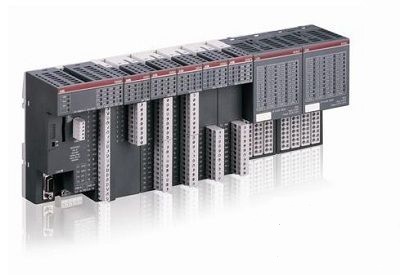 202212-30
202212-30Was sind die PLC-Merkmale von ABB?
1, hohe Zuverlässigkeit, starke Anti-Interferenz-FähigkeitHohe Zuverlässigkeit, starke Entstörungsfähigkeit ist eines der wichtigsten Merkmale von SPS. Die durchschnittliche störungsfreie Zeit d···
-
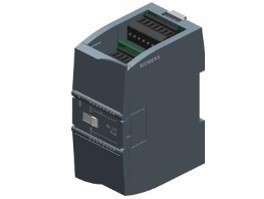 202303-01
202303-01Der Siemens S7-1200 verfügt über drei Klassifizierungen von internen Lagerbereichen
The internal storage of the S7-1200 is divided into three types: working storage, loading storage and holding storage.Loading storage area:Non-volatile storage area. Used to store user project files (···
-
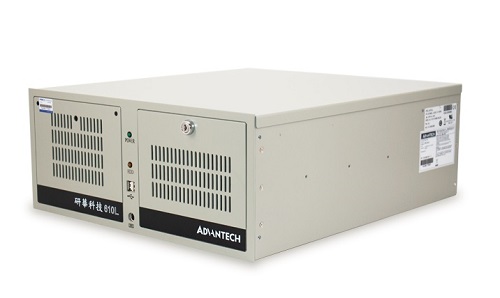 202301-11
202301-11Advantech-Industriecomputer Hauptmerkmale und Vorsichtsmaßnahmen bei der Verwendung
Die wichtigsten Merkmale von Advantech-Industriecomputern:1. Advantech-Industriecomputer erfordern die Fähigkeit, lange Zeit ununterbrochen zu arbeiten.2, das Chassis hat eine spezielle Stromversorgu···



 +8618621383628
+8618621383628 +8613811814778
+8613811814778 info@zhongpingtech.com
info@zhongpingtech.com Gebäude 26, Gemeinde Liyuan, Bezirk Chaoyang, Peking, China
Gebäude 26, Gemeinde Liyuan, Bezirk Chaoyang, Peking, China